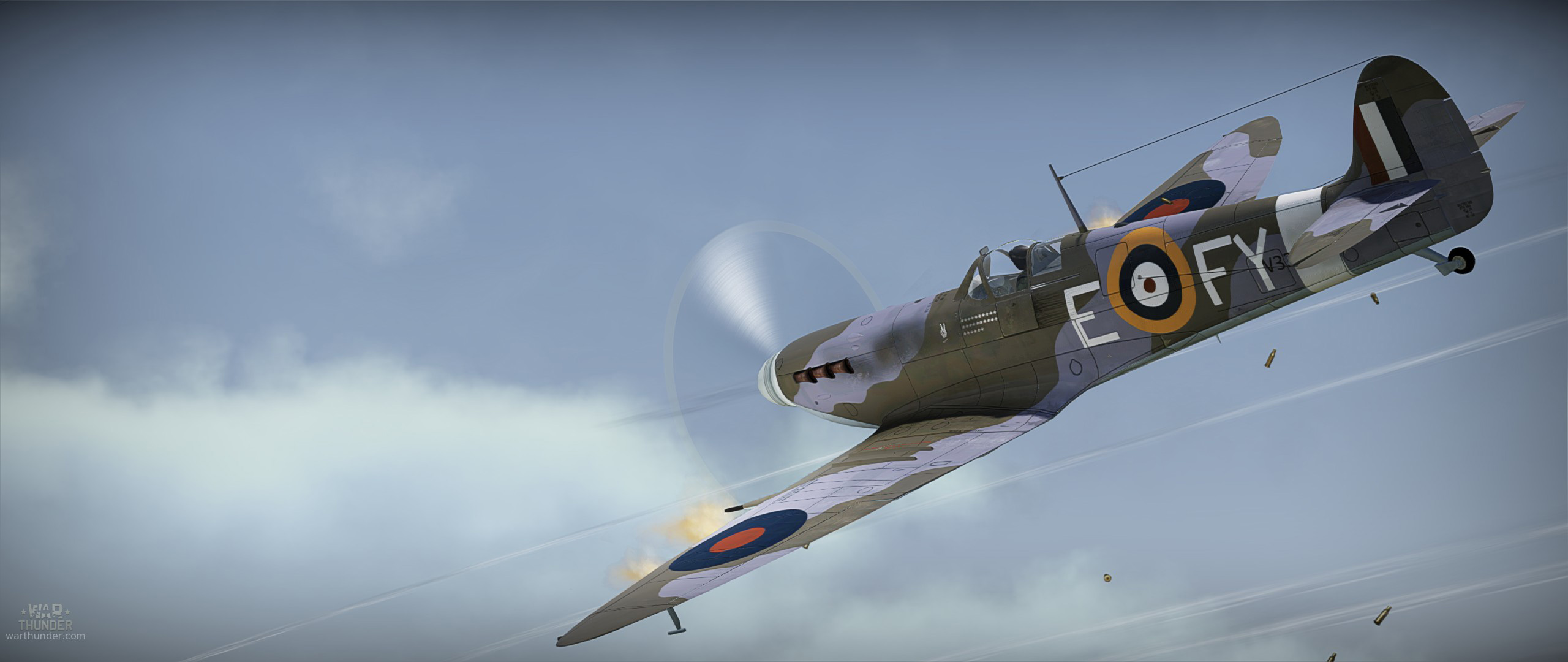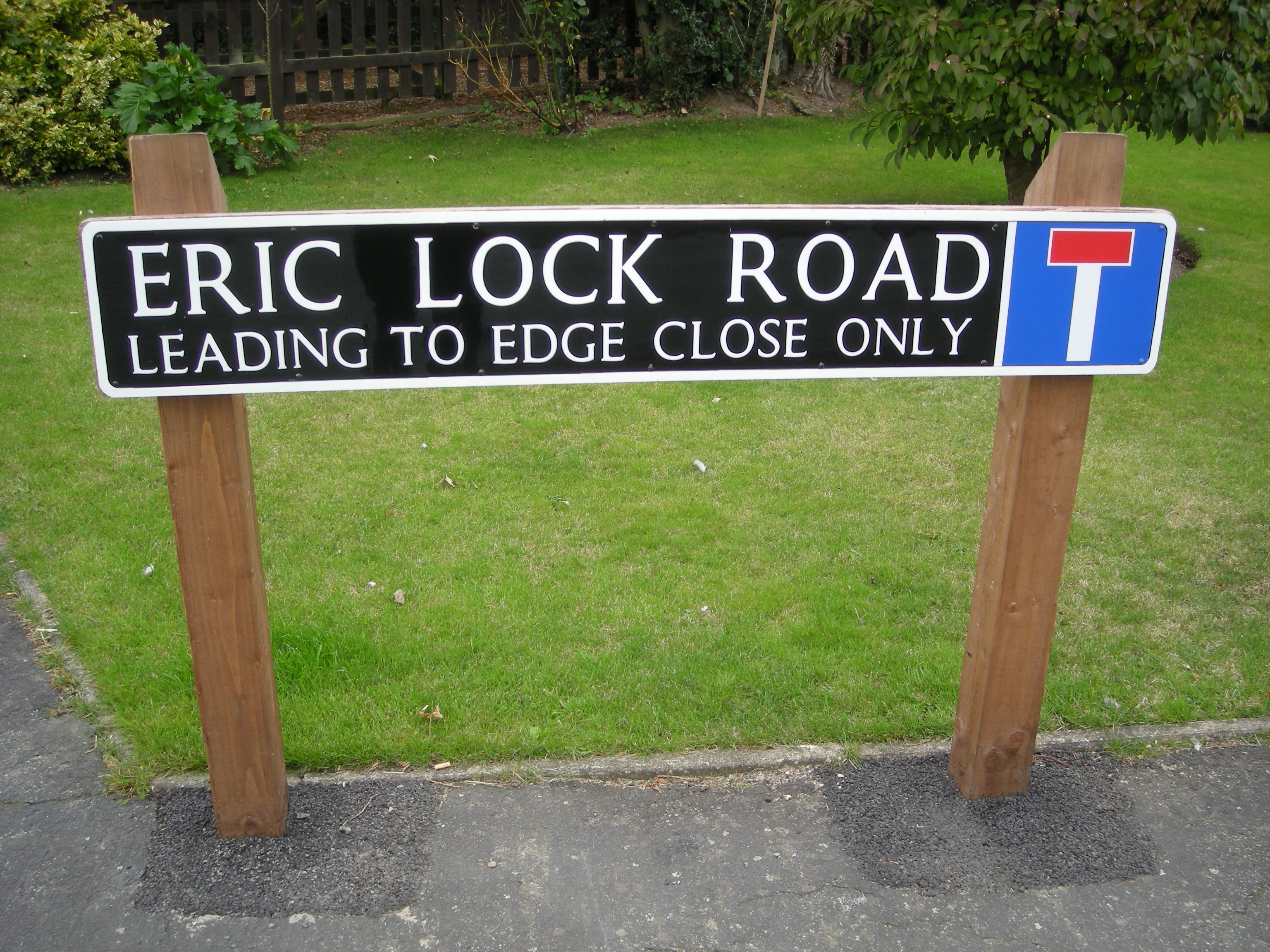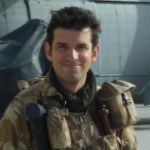
- For PC
- For MAC
- For Linux
- OS: Windows 10 (64 bit)
- Processor: Dual-Core 2.2 GHz
- Memory: 4GB
- Video Card: DirectX 11 level video card: AMD Radeon 77XX / NVIDIA GeForce GTX 660. The minimum supported resolution for the game is 720p.
- Network: Broadband Internet connection
- Hard Drive: 23.1 GB (Minimal client)
- OS: Windows 10/11 (64 bit)
- Processor: Intel Core i5 or Ryzen 5 3600 and better
- Memory: 16 GB and more
- Video Card: DirectX 11 level video card or higher and drivers: Nvidia GeForce 1060 and higher, Radeon RX 570 and higher
- Network: Broadband Internet connection
- Hard Drive: 75.9 GB (Full client)
- OS: Mac OS Big Sur 11.0 or newer
- Processor: Core i5, minimum 2.2GHz (Intel Xeon is not supported)
- Memory: 6 GB
- Video Card: Intel Iris Pro 5200 (Mac), or analog from AMD/Nvidia for Mac. Minimum supported resolution for the game is 720p with Metal support.
- Network: Broadband Internet connection
- Hard Drive: 22.1 GB (Minimal client)
- OS: Mac OS Big Sur 11.0 or newer
- Processor: Core i7 (Intel Xeon is not supported)
- Memory: 8 GB
- Video Card: Radeon Vega II or higher with Metal support.
- Network: Broadband Internet connection
- Hard Drive: 62.2 GB (Full client)
- OS: Most modern 64bit Linux distributions
- Processor: Dual-Core 2.4 GHz
- Memory: 4 GB
- Video Card: NVIDIA 660 with latest proprietary drivers (not older than 6 months) / similar AMD with latest proprietary drivers (not older than 6 months; the minimum supported resolution for the game is 720p) with Vulkan support.
- Network: Broadband Internet connection
- Hard Drive: 22.1 GB (Minimal client)
- OS: Ubuntu 20.04 64bit
- Processor: Intel Core i7
- Memory: 16 GB
- Video Card: NVIDIA 1060 with latest proprietary drivers (not older than 6 months) / similar AMD (Radeon RX 570) with latest proprietary drivers (not older than 6 months) with Vulkan support.
- Network: Broadband Internet connection
- Hard Drive: 62.2 GB (Full client)

Supermarine Spitfire Mk.Vb (for the Mk.IIb ingame) that served in the Royal Air Force in July 1941
camouflage created by Luckyleprechaun | Download here
This year sees the 75th Anniversary of one of the largest, critical and iconic air battles ever fought: the Battle of Britain. August 18th – ‘The Hardest Day’ – saw both sides suffering the most losses in a single day throughout the campaign whilst September 15th is acknowledged as the climax of the battle. With this in mind, Ace of the Month will celebrate two of the greatest aces of one of history’s greatest air battles in the months of August and September…
 |
| Eric Lock in his Spitfire |
Eric Lock was born in April 1919 in rural Shropshire in the West Midlands of England, in the village of Bayston Hill near Shrewsbury. The family business was farming and quarrying; Lock was privately educated but also spent much of his childhood immersed in country pursuits such as horse riding. As an adolescent he experienced his first taste of aviation when his father paid for a brief flight with a travelling air circus; reputedly the young Lock was not particularly impressed and continued with aspirations to follow his father’s footsteps in farming.
However, events were to have a profound effect on Lock’s future – with political tension turning more and more towards overt hostility throughout the late 1930s, it was evident to all that a war was not far away. Lock figured that if he had to go to war then aviation was the best way to fight and so enlisted within the ranks of the Royal Air Force Volunteer Reserve, an organization which had been established in 1936 to supplement the number of aircrew in the event of war. When war broke out in September 1939 Lock was called up. He excelled during flying training and was streamed onto single seat fighters, being commissioned as a Pilot Officer before his posting to his first front line squadron in May 1940: No.41 Squadron flying Supermarine Spitfires from RAF Catterick in Yorkshire.
Shortly after beginning his first front line tour, ‘Sawn-off Lockie’ – a nicknamed derived from his short stature – returned home briefly to marry. After returning to No.41, he continued with the squadron routine of long days on standby awaiting German raiders. This was particularly frustrating for the pilots of No.41 Squadron as for them, isolated up in the north as part of 13 Group, they could only watch from afar as the Battle of Britain was fought off in the south of England. However, Lock was still able to shoot down his first enemy aircraft on August 15th – a Bf110 over the North Sea.

Camouflage created by Luckyleprechaun | Download here
Everything changed at the beginning of September – No.41 Squadron was rotated down to the south as part of a wave of replacements to relieve the battered and fatigued veterans of the summer fighting. Now stationed at RAF Hornchurch, Lock was in the very midst of the fighting. Two days after arriving, Lock shot down two German bombers in a single engagement before being attacked by an escorting Bf109. Lock turned to engage the German fighter and after a brief dogfight shot it down. By the end of his first week in 11 Group, Lock was credited with nine aerial victories and was awarded the Distinguished Flying Cross. Incredibly, he received a bar to his DFC only 3 weeks later after shooting down 15 German aircraft in 19 days.
 |
| A road which was named after Lock in commemoration for his service |
On November 17th, Lock scrambled to intercept a formation of enemy aircraft near Clacton – in the ensuing engagement he shot down two Bf109Es of JG54 but was hit by another German fighter. Bullets and cannon shells smashed through the Spitfire’s cockpit, impacting Lock in both legs and his right arm as well as forcing his aircraft’s throttle fully open. He managed to fly his crippled Spitfire back towards his airbase, descending from 20,000 to 2000 feet before cutting his engine to carry out a glide landing at Martlesham Heath. Lock was trapped in the cockpit for some two hours before he was rescued and then carried two miles by soldiers who made a stretcher out of their rifles and coats. He would remain in hospital until May 1941, requiring fifteen separate operations to recover.
To this point, Lock had been credited with 23 confirmed kills and 8 probables. Even though his squadron’s entry into the Battle of Britain came relatively late, Eric Lock is widely acknowledged as being the highest scoring allied fighter pilot of the entire campaign, although some sources credit this accolade to Czech pilot Josef František. Lock was awarded the Distinguished Service Order for his contribution to his nation’s defense. In June 1941 Lock returned to the cockpit for a refresher course before being posted to No.611 Squadron, flying Spitfire Mk.Vs from RAF Hornchurch. Now promoted to Flight Lieutenant, Lock was a Flight Commander for offensive sorties as the RAF stepped out for operations over occupied France.
Lock had not lost his touch – he shot down three Bf109s in his first few weeks back in action. On August 3rd he led his flight over France during an offensive fighter sweep. Whilst returning to England he called his flight to let them know he had sighted a concentration of enemy soldiers on a road near Calais. The last time Lock was ever seen was as he dropped a wing to break formation and dive down to attack. His comrades lost sight of his Spitfire – he did not rejoin formation or respond to radio calls. No wreckage or body was ever found.
A charismatic flyer, Lock flew with a ‘V’ for Victory painted on his Spitfire and wore a captured German life jacket in combat; a fellow wounded pilot remembered him for his flirtatious nature with nurses during his time in hospital. Few have equaled Lock’s outstanding success in combat in such a short period of time. Today, Shropshire Aero Club at Sleap airfield has named its bar in honour of their local hero: the various pictures of Flight Lieutenant Eric Lock now look over the aerodrome which is used almost daily by neighboring RAF Shawbury to train helicopter pilots of another generation of the RAF, Fleet Air Arm and British Army Air Corps.
About The Author
 |
Mark Barber, War Thunder Historical Consultant Mark Barber is a pilot in the British Royal Navy's Fleet Air Arm. His first book was published by Osprey Publishing in 2008; subsequently, he has written several more titles for Osprey and has also published articles for several magazines, including the UK's top selling aviation magazine 'FlyPast'. His main areas of interest are British Naval Aviation in the First and Second World Wars and RAF Fighter Command in the Second World War. He currently works with Gaijin Entertainment as a Historical Consultant, helping to run the Historical Section of the War Thunder forums and heading up the Ace of the Month series. |
In one of the following Updates, we will include
"Victory" decal, hand sign painted on Eric Lock's Spitfire:
The War Thunder Team




